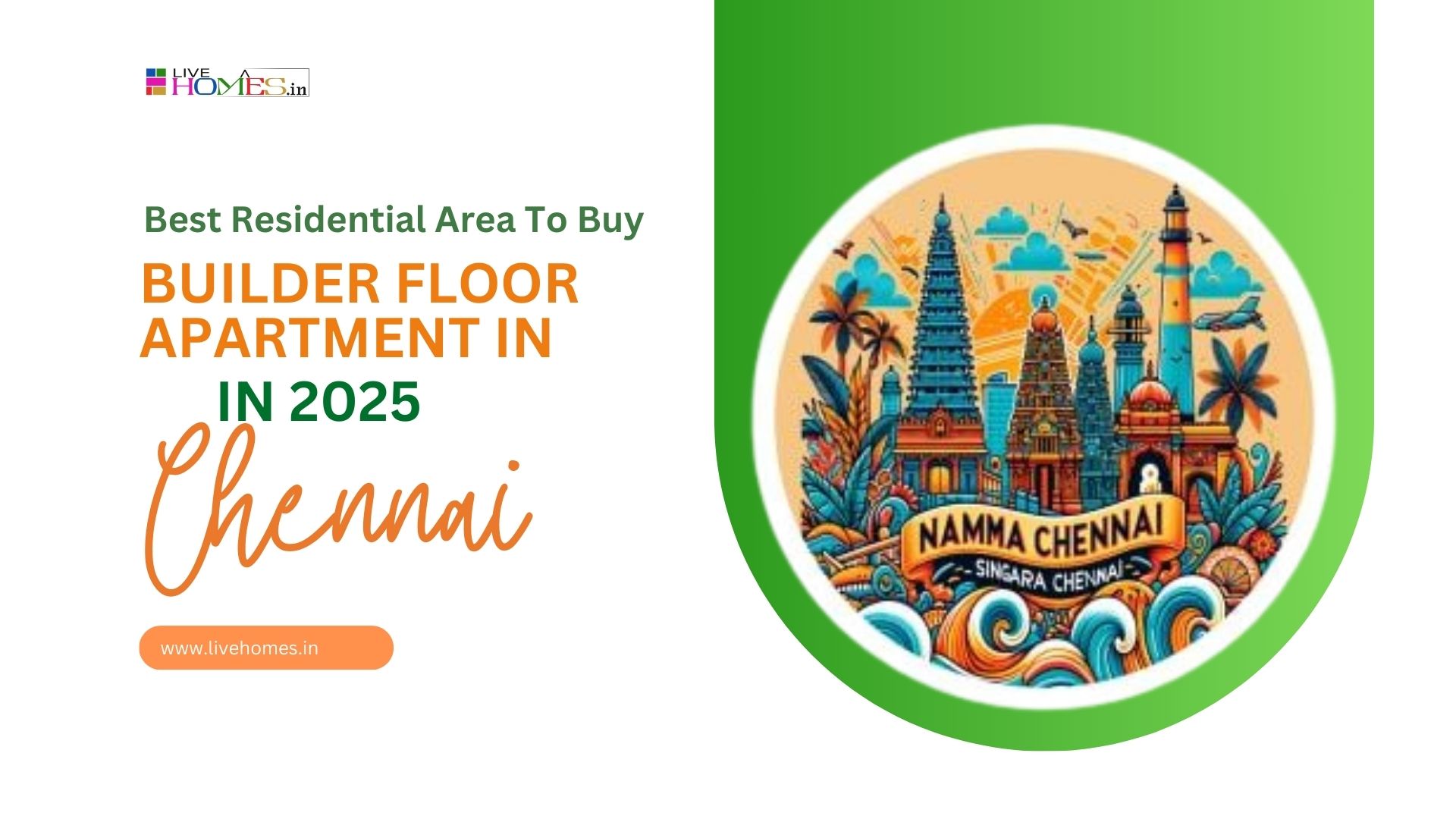Painting your home's interior is a rewarding way to refresh your living space.
1. Planning and Preparation
- Choose Your Colors: Consider the mood you want to create. Lighter colors can make a room feel larger, while darker tones add coziness. Consider using color swatches or paint samples on your walls to see how they look in different lighting.
- Calculate the Paint Needed: Measure the room’s dimensions (length, width, and height) to calculate the area you’ll be painting. A gallon of paint typically covers 350-400 square feet.
- Gather Supplies:
- Paint (primer if needed)
- Paintbrushes and rollers (various sizes)
- Painter’s tape
- Drop cloths
- Sandpaper (if needed)
- Paint trays
- Ladder
- Putty knife and filler (for any wall imperfections)
- Stir sticks
2. Prepping the Room
- Clear the Room: Move furniture to the center and cover it with drop cloths. Remove or cover any fixtures, and take down wall hangings.
- Clean the Walls: Use a damp cloth to wipe down walls, removing dust and grime. For kitchens and bathrooms, you may need a degreaser.
- Repair Imperfections: Fill holes, cracks, and dents with spackling paste or filler. Sand the areas smooth once they’re dry.
- Tape Off Areas: Use painter’s tape to cover moldings, windows, door frames, and any other areas you don’t want painted.
3. Priming (if necessary)
- When to Prime: Priming is essential if you’re painting over a dark color, new drywall, or porous surfaces. It ensures better paint adhesion and a more even finish.
- Apply the Primer: Use a brush for edges and corners and a roller for large surfaces. Let it dry completely before painting.
4. Painting the Walls
- Cutting In: Start by painting the edges and corners using a brush. This technique, called "cutting in," ensures a neat line between walls and trim or ceiling.
- Roller Application:
- Pour paint into a tray and load your roller, removing excess by rolling it on the tray’s ridged section.
- Apply the paint in a "W" or "M" pattern on the wall, then fill in the gaps. This helps to spread the paint evenly.
- Work in small sections and blend the edges to avoid lap marks.
- Multiple Coats: Depending on the color and type of paint, you may need two or more coats. Let each coat dry completely before applying the next.
| "BEST BUILDERS FLOOR APARTMENT IN CHENNAI" |
5. Painting Trim and Doors
- Trim First or Last?: You can paint the trim first or last, depending on your preference. Just ensure it's taped off properly.
- Use a Smaller Brush: A 1-2 inch angled brush works best for trim and doors. Apply the paint in smooth, even strokes.
6. Ceilings
- Use Ceiling Paint: If painting the ceiling, use a specific ceiling paint, which is usually thicker to avoid drips.
- Apply Evenly: Use a roller with an extension pole for ease. Work in small sections, keeping a wet edge to avoid visible lines.
7. Final Touches
- Remove Painter’s Tape: Once the paint is dry to the touch but not fully cured, carefully remove the painter’s tape to avoid pulling up paint.
- Clean Up: Clean brushes and rollers with the appropriate solvent (water for latex, mineral spirits for oil-based). Dispose of paint properly.
- Touch Up: Inspect the walls after the paint has dried. Touch up any missed spots or areas where paint coverage is uneven.
8. Let the Paint Cure
- Drying Time: Allow the paint to dry fully before moving furniture back or hanging artwork. Some paints take up to a week to fully cure.
9. Maintenance
- Cleaning Painted Walls: For washable paints, use a damp sponge with mild soap to clean any spots or marks on the walls. Avoid scrubbing too hard to preserve the paint finish.
This process, while time-consuming, can give your home a fresh, updated look. Take your time with each step to ensure a professional finish.
Also read: Trendy Color Schemes for Your Modular Kitchen
https://www.livehomes.in/blogs













